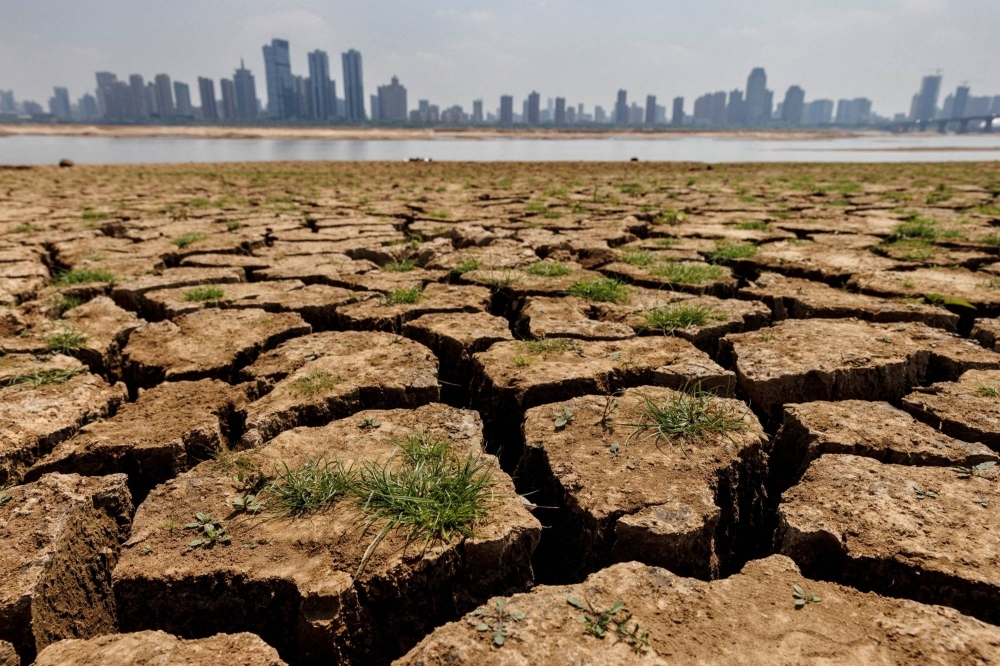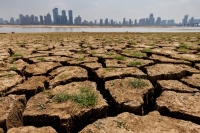Climate change is accelerating and the world will cross the 1.5 degrees Celsius warming threshold this decade, according to research published Thursday that scientists said should raise alarms at this year's COP28 climate talks.
Countries pledged in the 2015 Paris Agreement to try to hold global warming to within 1.5 C above preindustrial temperatures, but the new paper by a team of scientists, including from NASA and Columbia University, adds to evidence suggesting that this goal is already out of reach.
Most emissions scenarios under the United Nations Intergovernmental Panel on Climate Change (IPCC) envision the world breaching 1.5 C during the 2030s.
"The 1.5 C limit is deader than a doornail," said study co-author James Hansen of Columbia University's Earth Institute, who was among the first scientists to alert the world in the 1980s to the climate-warming impact of greenhouse gases.
"The shortcoming of our scientific community is to not make clear to the political leaders what the situation is," he said.
The world already has warmed by nearly 1.2 C above preindustrial temperatures.
The study has received mixed feedback from other climate scientists. Some questioned its findings, with Michael Mann of the University of Pennsylvania saying in a blog post that they were "very much out of the mainstream."
The new report comes after months of extreme weather shocks worldwide, from heat waves in China to severe flooding in Libya, with 2023 set to be the warmest year on record.
Countries will gather later this month in Dubai for the annual U.N. climate summit to discuss global policy efforts to rein in greenhouse gas emissions.
The study's findings, published in the journal Oxford Open Climate Change, result from two factors.
Scientists have underestimated how sensitive the Earth's climate is to rising carbon dioxide levels. The IPCC has given a best-guess estimate that the doubling of atmospheric carbon dioxide levels would yield global warming of around 3 C.
A better understanding of ancient climate data — gleaned from sources such as ice cores and tree rings — has resulted in a higher estimate of around 4.8 C, the study said.
So far, atmospheric carbon dioxide concentrations have risen from around 280 parts per million (ppm) in the preindustrial era to about 417 ppm today.
Another factor cited by the report relates to China's progress in cleaning up air pollution, caused mainly by sulphur dioxide spewed from coal plants, alongside global efforts to curb such emissions from shipping.
Cleaning the skies, while bringing health benefits and saving lives, accelerates climate change. Aerosols scatter and reflect solar radiation.
Pennsylvania's Mann took issue with the notion that models have underestimated climate sensitivity, as well as with the impact of declining sulphur dioxide emissions from shipping.
Others said the study was in line with other recent research.
"Everything is accelerating," said climate scientist Klaus Hubacek of the University of Gronigen.
Earlier this week, research published in the journal Nature Climate Change suggested the world would need to reach net zero emissions by 2034 for a 50% chance of containing warming to 1.5 C — far sooner than the global goal of 2050.




